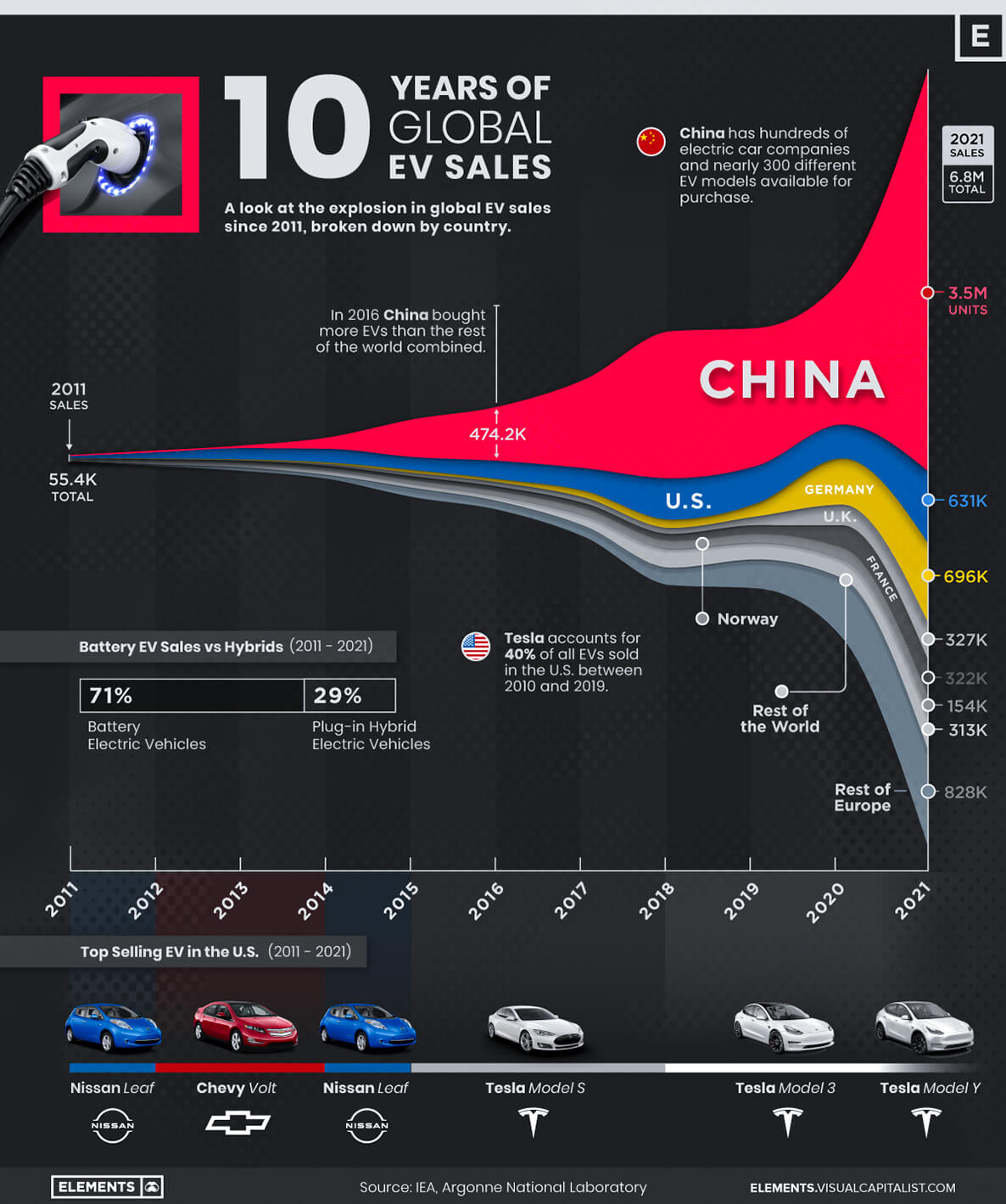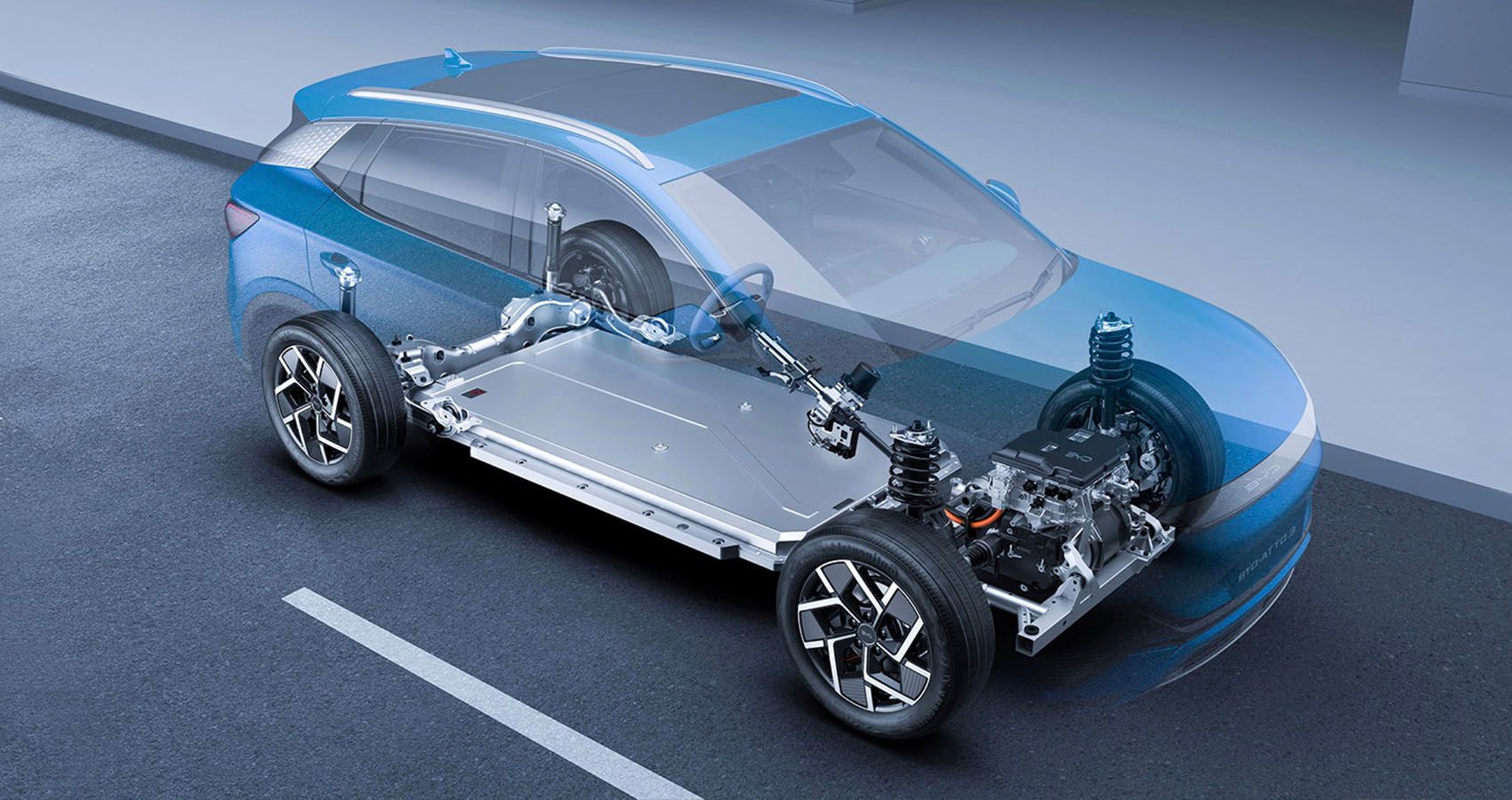Electric Vehicle Market: BYD's Growth Strategy In Brazil And Ford's Diminishing Presence

Table of Contents
BYD's Strategic Growth in the Brazilian EV Market
BYD's dominance in the burgeoning Brazilian EV market is a result of a multi-pronged strategy focused on aggressive pricing, product diversification, leveraging government incentives, and shrewd marketing.
Aggressive Pricing and Product Diversification
BYD's success stems from its ability to offer a diverse range of electric vehicles at competitive price points. This includes not only passenger cars but also buses and commercial vehicles, catering to a broad spectrum of consumers.
- Competitive Pricing Strategy: BYD consistently undercuts competitors, making EVs accessible to a larger segment of the Brazilian population.
- Diverse EV Models: From compact city cars to larger SUVs, BYD offers a variety of options, unlike some competitors who focus on a limited product range.
- Localization of Production: Establishing manufacturing facilities within Brazil significantly reduces import costs and enhances supply chain efficiency.
- Targeting Various Consumer Segments: BYD’s product range caters to both individual buyers and fleet operators (businesses and public transport), maximizing market penetration.
This comprehensive approach allows BYD to capture significant market share by offering affordable and suitable EVs across various sectors. The localization strategy is particularly crucial, reducing reliance on imports and fostering a positive perception among Brazilian consumers.
Government Incentives and Infrastructure Development
The Brazilian government's commitment to promoting EV adoption has played a crucial role in BYD's success. Government initiatives have created a fertile ground for growth.
- Subsidies and Tax Breaks: Financial incentives directly reduce the cost of purchasing electric vehicles, making them more appealing to consumers.
- Charging Infrastructure Investment: Government investment in public charging stations is alleviating consumer concerns regarding range anxiety, a major barrier to EV adoption.
- Import Tariffs and Regulations: Favorable import policies and regulations have facilitated the entry and expansion of companies like BYD.
These supportive government policies have acted as a catalyst, encouraging both consumer demand and attracting significant investment in the Brazilian EV ecosystem.
Strong Branding and Marketing Campaigns
BYD's success also stems from effective branding and targeted marketing campaigns.
- Emphasis on Sustainability and Technological Innovation: BYD effectively communicates its commitment to environmental sustainability and showcases its advanced battery technology.
- Building Brand Awareness: Consistent marketing efforts across various channels have built strong brand recognition and positive public perception.
- Targeted Marketing Strategies: BYD has tailored its messaging to resonate with the specific needs and preferences of the Brazilian consumer market.
This effective brand building has established trust and confidence in the BYD brand, further fueling the company's growth trajectory within the Brazilian EV market.
Ford's Challenges and Withdrawal from the Brazilian EV Market
In stark contrast to BYD’s success, Ford's experience in the Brazilian EV market has been less positive, leading to a significant scaling back of its operations.
Global Restructuring and Prioritization
Ford's decision to reduce its presence in Brazil reflects a broader global restructuring strategy.
- Focus on Key Markets: Ford has prioritized investment in markets with higher growth potential and profitability, leading to resource reallocation away from Brazil.
- Withdrawal from Less Profitable Segments: The Brazilian EV market, although growing, is still relatively small and competitive, leading Ford to concentrate resources elsewhere.
- Impact on Brazilian Operations: This strategic shift resulted in job losses and a reduction in Ford's overall presence in the Brazilian automotive market.
This strategic realignment illustrates the challenges faced by automotive companies navigating a rapidly changing global landscape.
Competition and Market Saturation
Ford faced intense competition in the burgeoning Brazilian EV market.
- Intense Competition from Established Players and New Entrants: The market is characterized by fierce competition from both established and emerging players, making it difficult for any single company to dominate.
- Challenges in Achieving Market Share: Ford struggled to gain a significant market share amidst the highly competitive landscape.
- Difficulty in Competing with BYD's Pricing and Offerings: BYD's aggressive pricing and diverse product range proved particularly challenging for Ford to compete against.
The competitive landscape, particularly BYD’s aggressive expansion, proved to be a significant hurdle for Ford's expansion in the Brazilian EV market.
Economic Factors and Infrastructure Limitations
Economic conditions and infrastructure limitations also played a role in Ford's challenges.
- Economic Conditions in Brazil: Economic instability and fluctuating currency exchange rates impacted investment decisions and consumer purchasing power.
- Infrastructure Challenges Related to EV Adoption: While the government has invested in infrastructure, challenges remain, including the uneven distribution of charging stations across the country.
- Impact on Consumer Demand and Investment Decisions: These factors combined to impact consumer demand and Ford's investment decisions.
These factors, while not entirely responsible for Ford’s retreat, undoubtedly contributed to the difficulties faced in establishing a substantial presence within the market.
Conclusion
The contrasting fortunes of BYD and Ford in the Brazilian electric vehicle market highlight the importance of strategic adaptation and market understanding. BYD's success can be attributed to its aggressive pricing, product diversification, effective marketing, and its ability to leverage government incentives. Ford's struggles, however, demonstrate the challenges of operating in a highly competitive market characterized by economic uncertainties and infrastructural limitations. The changing landscape of the Brazilian electric vehicle market underscores the importance of understanding consumer preferences, government policies, and competitive dynamics. Further research into the Brazilian electric vehicle market and the strategies of companies like BYD is crucial to understanding the future of electric mobility in the country. Stay informed about the latest developments in the Brazilian electric vehicle market.

Featured Posts
-
 R2 Crore And A Careers End Salman Khan A Failed Film And Bollywoods Forgotten Faces
May 13, 2025
R2 Crore And A Careers End Salman Khan A Failed Film And Bollywoods Forgotten Faces
May 13, 2025 -
 Myanmar Sanctions Examining The Uk And Australias Double Standard
May 13, 2025
Myanmar Sanctions Examining The Uk And Australias Double Standard
May 13, 2025 -
 Analyzing The Economic Effects Of A U S China Tariff Rollback
May 13, 2025
Analyzing The Economic Effects Of A U S China Tariff Rollback
May 13, 2025 -
 Kostyuk Prizval Sandu Razreshit Simionu Vyezd V Moldovu Vizit Buduschego Prezidenta Rumynii V Kishinev
May 13, 2025
Kostyuk Prizval Sandu Razreshit Simionu Vyezd V Moldovu Vizit Buduschego Prezidenta Rumynii V Kishinev
May 13, 2025 -
 Fords Brazilian Decline Byds Electric Vehicle Rise
May 13, 2025
Fords Brazilian Decline Byds Electric Vehicle Rise
May 13, 2025
